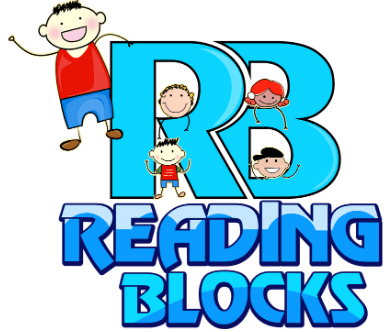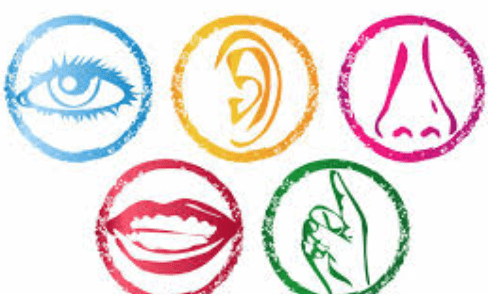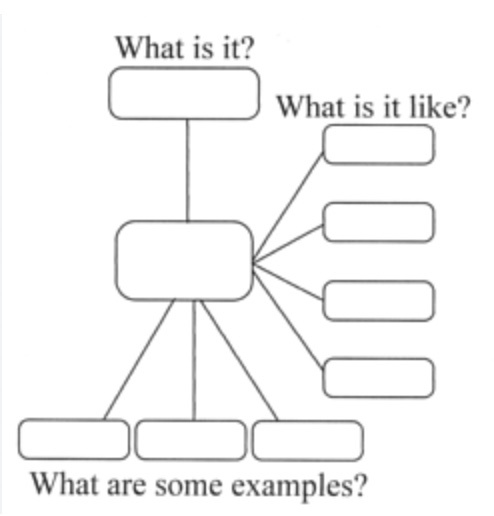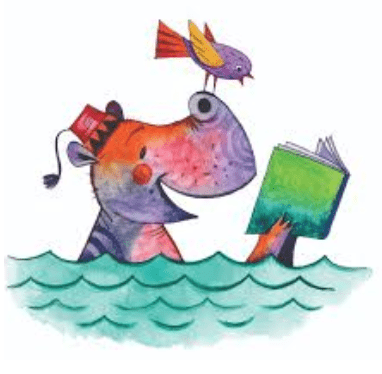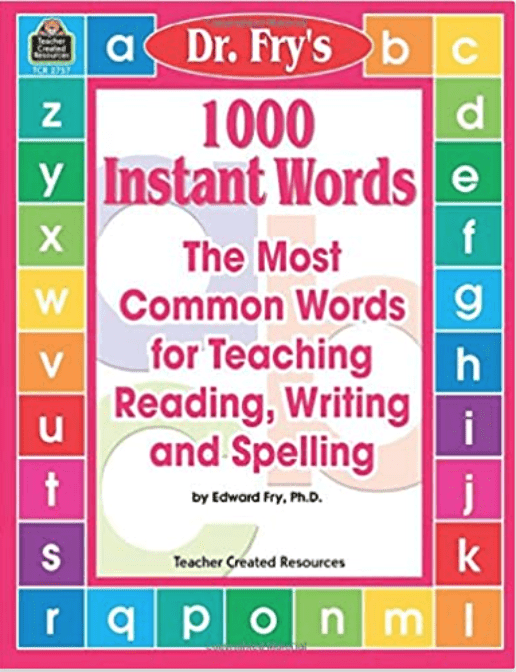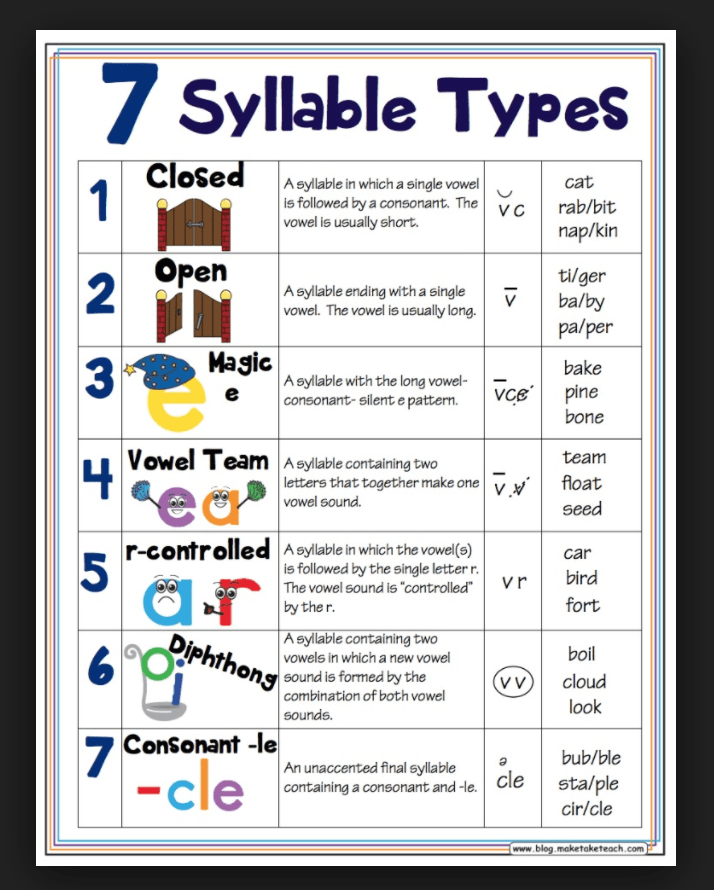Reading Level Assessment
- The Reading Level Assessment is based on the Reading Blocks: A Step By Step Method to Teach Reading program and will assist the instructor in determining the skill level of the
 reader. This assessment will guide the instructor on the correct block to use when beginning the reading instruction.
reader. This assessment will guide the instructor on the correct block to use when beginning the reading instruction.
- The Reading Level Assessment contains: alphabet sounds; word families that use sounds; blends and digraphs; sight words that match the skill being assessed; and pretend words to evaluate the decoding skill without the risk of word memorization. The Reading Wall Assessment follows the 32 Reading Blocks scope and sequence.
- The Reading Level Assessment can be completed using two printed copies of the Reading Wall Assessment. One copy is for the instructor to take notes on during the assessment. The second copy is for the reader to read from during the assessment.
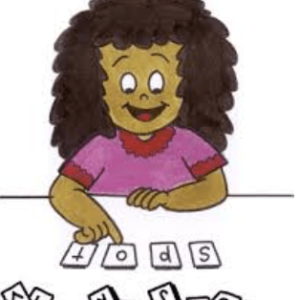 Begin with number one and ask the reader to tell you the name of each letter. Then ask the reader to tell you the sound he would make for each letter. Next, ask him to read each word family and sight word. There are no pretend words in Blocks 1-6. Circle any item that was read incorrectly and write down the pronunciation that was given. This information will be important to use when planning your file folder.
Begin with number one and ask the reader to tell you the name of each letter. Then ask the reader to tell you the sound he would make for each letter. Next, ask him to read each word family and sight word. There are no pretend words in Blocks 1-6. Circle any item that was read incorrectly and write down the pronunciation that was given. This information will be important to use when planning your file folder.
For Blocks 1-6, continue on to the next block if the reader responded correctly to approximately eighty-five percent of the sounds and word families. There are five sounds and three word families in Block 1. The reader should get seven or eight sounds and word families correct to move on to Block 2. Incorrect sight words should be noted but will not count in the eighty-five percent tally for the first six blocks.
In Blocks 7-32, begin to count the sight word accuracy in your percentage as well. For example, in Block 7, the reader can miss one to five of all the items and still continue on to the next block. Some of the more advanced blocks will only have sight words and nonsense words to read. These words were chosen to specifically assess a particular phonics skill.
As previously mentioned, pretend words or nonsense words are given to assess a phonics skill without having the risk of the word being memorized. A reader can memorize many words but still be missing the phonics skills needed for decoding unknown words. Nonsense words are useful for checking the phonics skill alone. When a reader comes to a new word, which happens often in expository text, he needs to use phonics skills to decipher the word. A reader who has memorized only does not have the phonics skills to sound out more advanced words.
If your reader misses the percentage needed to move on by just one item, you can still continue to the next block and see how accurate he is with the next block. Sometimes, a reader can successfully do several more blocks after not doing well in one block. You will be able to tell by his performance in the next block if you should continue moving on or stop. Usually, the reader becomes slower and more hesitant when the material becomes too difficult. He will begin to make more and more errors as you continue advancing. Usually, it is pretty easy to tell when to stop.
Continue the assessment according to your reader’s ability. Make a note of the last successful block. You will begin your tutoring session with this block. Make sure to include any of the items that the reader missed in any previous block. The goal is to know 100% of the items in each of the 32 blocks.

Reading Level Assessment for Block 1 in the Reading Wall
1. a,m,s,t,p/ -at,-am,-ap/at, as, am, the, a, to, too/
The Remaining Reading Level Assessments for Blocks 2-32 can be found in the Reading Blocks Program.
